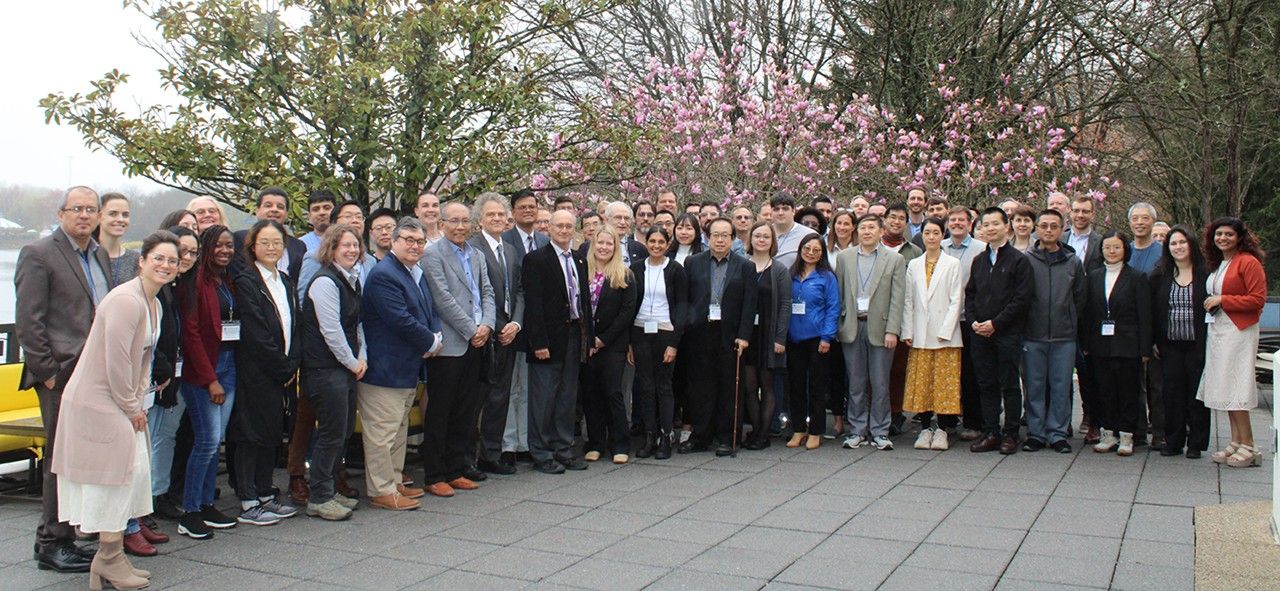NASA wants to understand how U.S. industry would use or enhance the Gateway to support a growing space economy. The agency issued a Request for Information (RFI) June 18, 2018, to determine interest in technical solutions to meet exploration goals and possible contract or partnership interest to advance private sector demand.
The Gateway will serve as the staging area for the agency’s next phase of exploration, and will open up human and robotic exploration and breakthrough science on the Moon, and in deep space. It has unique characteristics and capabilities that may be of use to private companies for commercial applications.
“As we return to the Moon and push human exploration farther into the solar system, we want to expand our partnerships from low-Earth orbit to deep space,” said Phil McAlister, director of Commercial Spaceflight Development at NASA Headquarters in Washington. “We believe partnering with U.S. industry to maximize the commercial utility of the Gateway will help enhance the economic development of space.”
Results from the RFI will help inform NASA’s development for Gateway requirements. For example, NASA is interested in understanding how moving the Gateway between orbits in the vicinity of the Moon may impact potential uses. Helping expand the commercial space business and seeking ideas from U.S. companies to support it keeps NASA apprised on developing external technologies and can guide the agency’s future exploration.
Among other topics, NASA wants to hear from industry regarding potential frequency of visits to the Gateway; plans on how they would obtain crew or cargo transportation; resource requirements such as power and communications; and any potential barriers to commercial use of the Gateway.
NASA’s return to the Moon with commercial and international partners is part of an overall agency Exploration Campaign in support of Space Policy Directive 1. New Commercial Lunar Payload Services or CLPS delivery missions will be among the first robotic steps back on the Moon, beginning as early as 2019. NASA will follow these early, small lander missions with the first of two larger lander demonstration missions planned in 2022. These larger lander missions will be an important step toward evolution to human landers, and are expected to be built through public/private partnerships.
NASA plans to conduct more research on the Moon’s surface ahead of a human return. And that long-term exploration and development of the Moon will give NASA experience for the next giant leap – missions deeper into the solar system, including Mars.


























